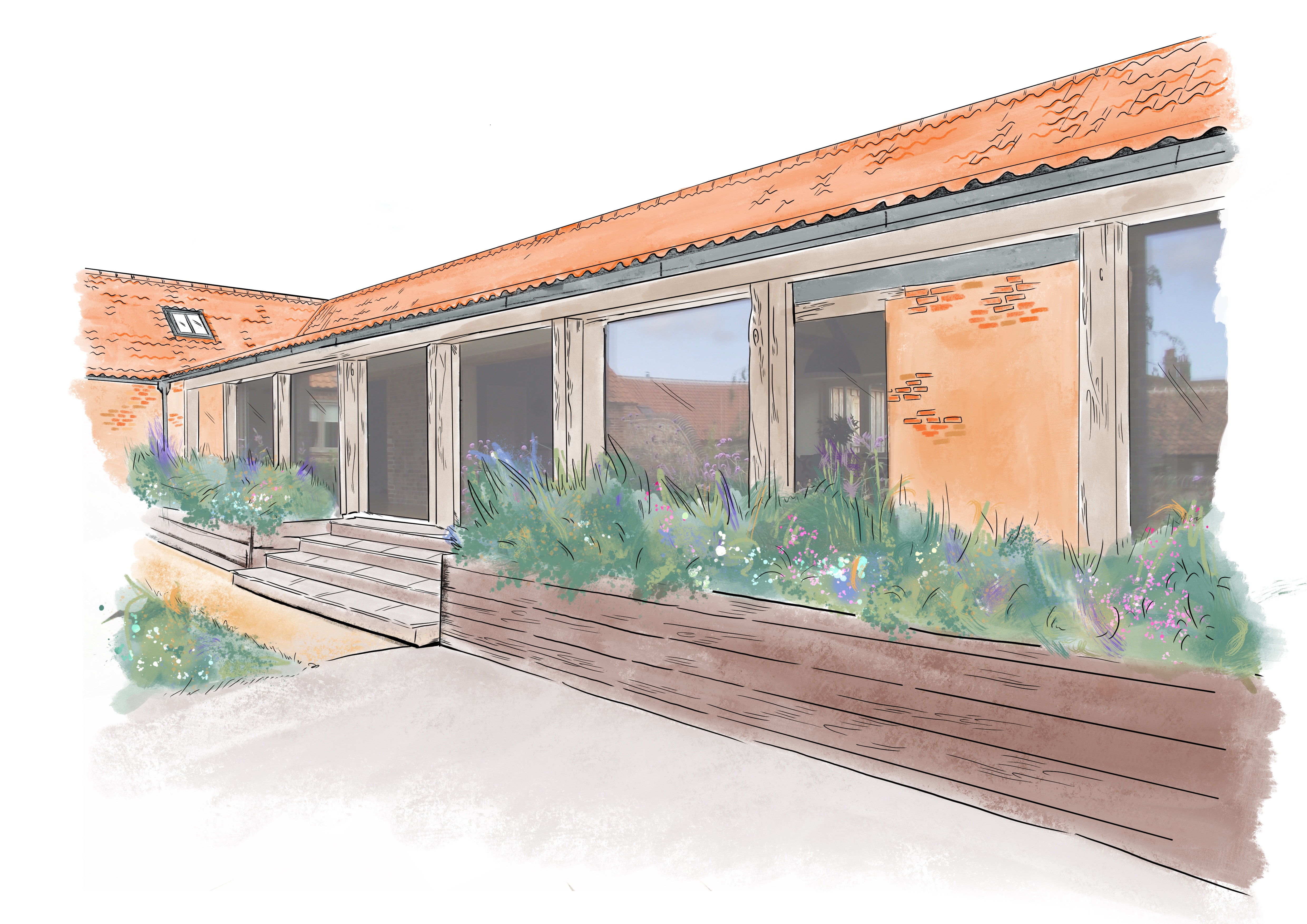Background & Context
The Local Plan and NPPF include policies which are supportive of the re-use of existing buildings for both residential and employment generating uses. Permitted development allowances have been expanded and the NPPF now expressly allows for residential re-use of redundant and disused buildings in isolated locations provided the setting of the building is enhanced (NPPF Para 79). This new approach offers greater opportunity to secure high quality conversions.
Local Plan Policy states that:
Other than buildings recently (in the preceding ten years) erected for another purpose, the change of use and conversion of existing buildings in the Countryside Policy Area to alternative residential and commercial uses will be supported subject to:
- Demonstration that the building is either vacant or no longer required for its former use.
- The proposal comprises solely of a conversion of an existing building which is capable of being converted to the intended use without significant rebuilding, alteration or extension.
- The proposal protects or enhances the character of the building and its setting in accordance with the provisions of the North Norfolk Design Guide.
- In the case of Listed Buildings and buildings of architectural, historic or landscape value the proposal would not have a detrimental effect on the character, fabric or setting of the building(s)
Note: Whether the proposal comprises conversion will require a demonstration that all structural elements and a substantial proportion of the existing fabric of the building will be retained and the total volume of the building will not be increased by more than 20%. Proposals which do not meet these criteria will be treated as the erection of a new buildings.
NPPF Para 79:
Planning policies and decisions should avoid the development of isolated homes in the countryside unless one or more of the following circumstances apply:
a) there is an essential need for a rural worker, including those taking majority control of a farm business, to live permanently at or near their place of work in the countryside;
b) the development would represent the optimal viable use of a heritage asset or would be appropriate enabling development to secure the future of heritage assets;
c) the development would re-use redundant or disused buildings and enhance its immediate setting;
d) the development would involve the subdivision of an existing residential dwelling; or
e) the design is of exceptional quality, in that it:
- is truly outstanding or innovative, reflecting the highest standards in architecture, and would help to raise standards of design more generally in rural areas; and
- would significantly enhance its immediate setting, and be sensitive to the defining characteristics of the local area.
